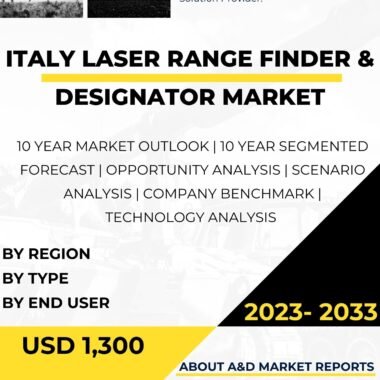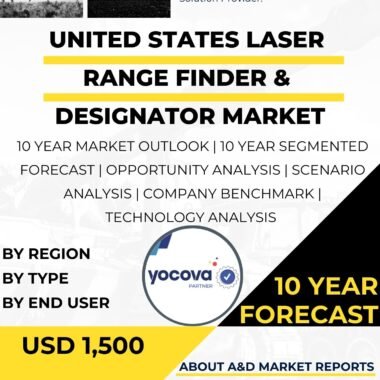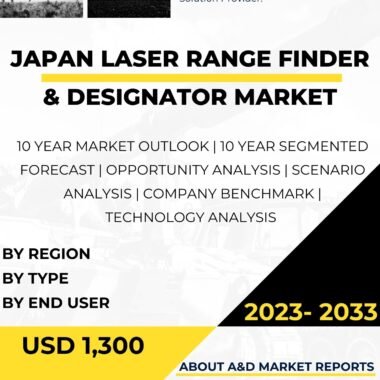Description
The United States is a central driver of global copper demand within the Aerospace and Defense industry. Copper, renowned for its exceptional conductivity, durability, and versatility, plays an indispensable role in the construction of various components and systems critical to military aircraft, naval vessels, ground vehicles, and communication equipment. Copper’s unique properties make it an essential material in this sector, contributing to the development of reliable, high-performance, and technologically advanced aerospace and defense systems.
One of the primary drivers of copper demand in the Aerospace and Defense industry is its unmatched electrical conductivity. Copper is an ideal material for electrical and electronic components, ensuring the efficient transmission of electrical signals and power. In modern aircraft and defense equipment, where advanced electronics and communication systems are paramount, copper is used extensively in wiring, connectors, circuit boards, and other electrical infrastructure. Its exceptional conductivity is vital for maintaining the functionality and reliability of critical systems.
Copper’s durability and resistance to corrosion are equally important factors driving its demand in these sectors. Aerospace and defense equipment often operate in harsh and challenging environments, including exposure to moisture, saltwater, extreme temperatures, and corrosive agents. Copper’s natural resistance to corrosion ensures that electrical components and systems remain reliable and functional over time, reducing the risk of electrical failures and ensuring mission-critical operations run smoothly.
Furthermore, copper’s versatility is a key contributor to its demand in the Aerospace and Defense industry. It can be easily fabricated, machined, and customized to meet the specific design and performance requirements of various applications. This adaptability allows manufacturers to produce precise copper components for a wide range of aerospace and defense equipment, ensuring they meet stringent quality and safety standards.
In addition to its electrical and structural applications, copper plays a vital role in aerospace and defense systems’ thermal management. Its exceptional thermal conductivity makes it ideal for heat exchangers, cooling systems, and other components responsible for dissipating heat generated by high-performance electronics, engines, and propulsion systems. Effective thermal management is crucial in preventing overheating, ensuring system reliability, and extending equipment lifespan.
Moreover, copper’s antimicrobial properties are gaining importance in healthcare and defense environments. Copper surfaces have been shown to inhibit the growth of bacteria and microorganisms, making them suitable for applications where hygiene and protection against pathogens are essential. In the healthcare sector, copper is utilized in medical equipment and surfaces to reduce the risk of infections. In defense applications, copper’s antimicrobial properties can help maintain clean and sterile environments, especially in enclosed spaces like submarines or aircraft.
The United States, as a global leader in aerospace and defense manufacturing, significantly influences the worldwide copper market within these sectors. The country is home to major aerospace and defense manufacturers, including Boeing, Lockheed Martin, Northrop Grumman, and Raytheon, which have extensive supply chains and manufacturing facilities. These companies actively use copper in the construction of aircraft, naval vessels, communication systems, and various components and equipment. Additionally, the U.S. Department of Defense, with its substantial budget allocation for military modernization and procurement, plays a pivotal role in driving copper demand. The military’s need for copper in advanced electronics, communication systems, and electrical infrastructure underscores the importance of copper in enhancing military readiness and national security.
In conclusion, copper’s demand within the Aerospace and Defense industry is firmly rooted in its unmatched electrical conductivity, durability, corrosion resistance, thermal conductivity, and antimicrobial properties. These qualities make it an essential material for constructing critical components and systems that contribute to the reliability, performance, and safety of aerospace and defense systems. The United States, as a dominant player in these sectors, significantly influences global copper demand by driving its use in the construction of advanced aircraft, naval vessels, communication systems, and various defense equipment, reaffirming copper’s critical role in advancing aerospace and defense technologies worldwide.




